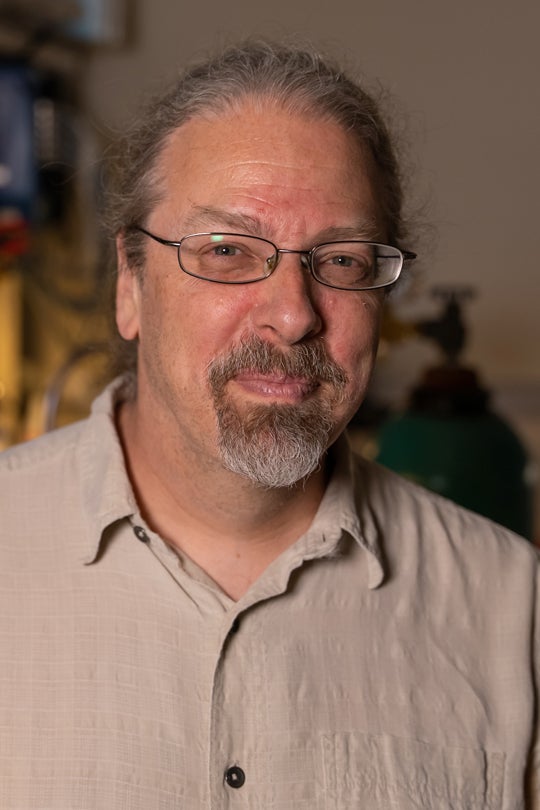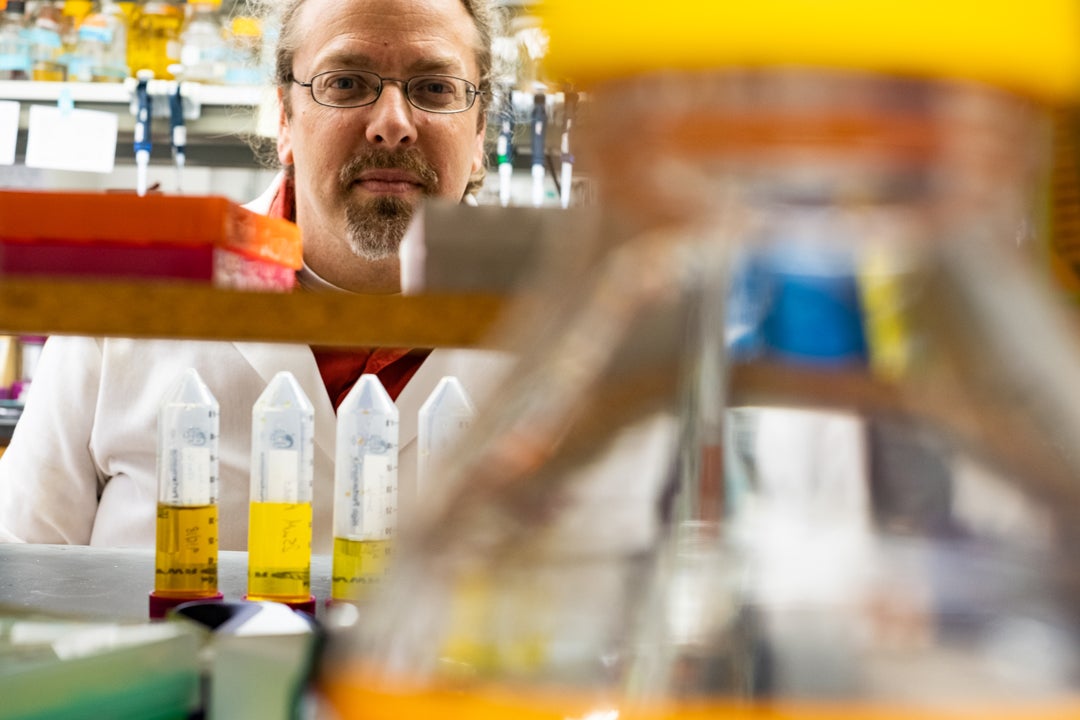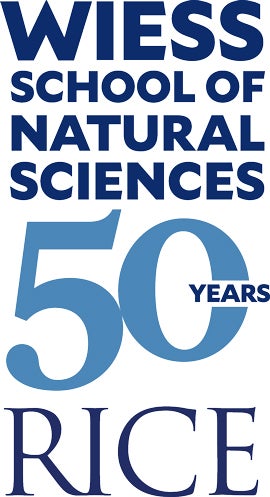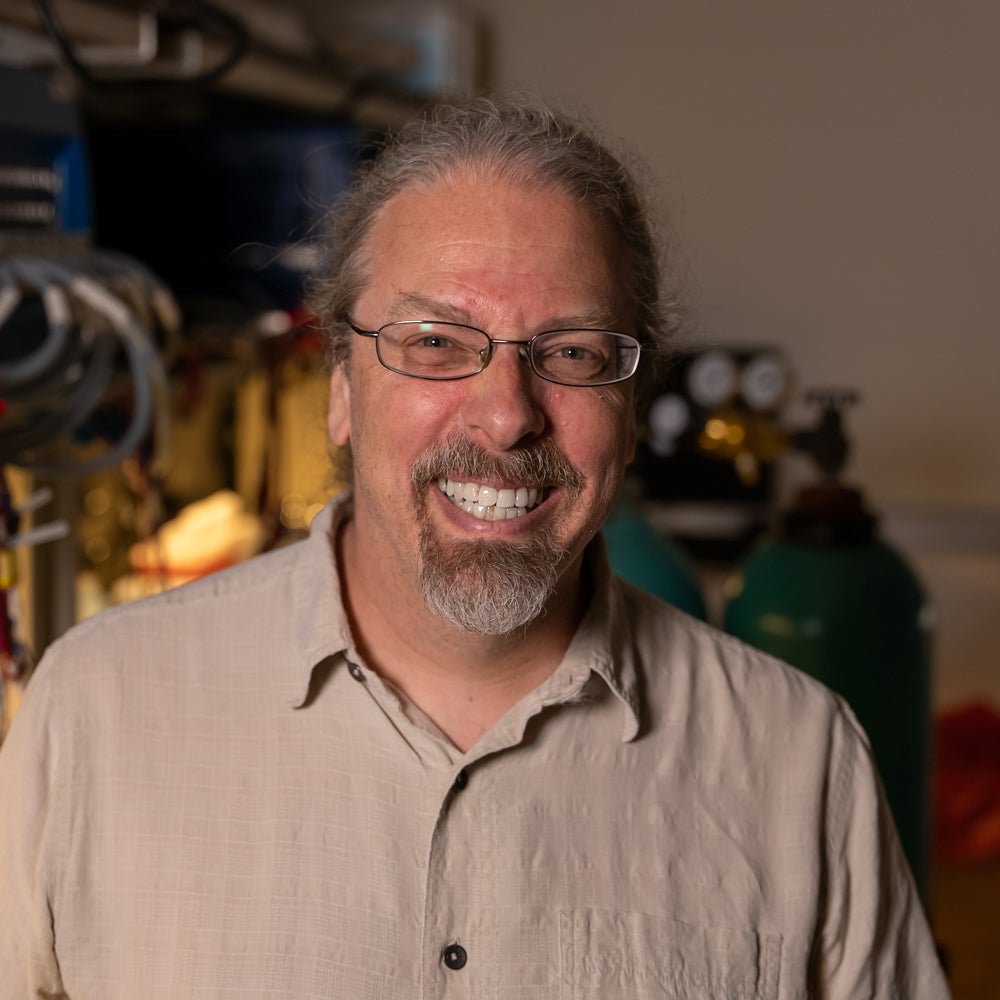
For Joff Silberg, science has always been about curiosity.
“I love the idea of poking at biological systems in some way to see if you understand them or not,” he said. “Every time you think you understand something, you do an experiment, and you’re like, ‘This biology is a lot more complex than I expected!’”
That curiosity has defined his career. From his days as an undergraduate researcher at UC Irvine or as a postdoc in the lab of Nobel laureate Frances Arnold, to his arrival at Rice in 2004, Silberg has steadily pursued questions at the intersection of biology, chemistry and engineering.
Now the Stewart Memorial Professor of Biosciences, Silberg’s work centers on microbiomes, local communities of bacteria, archaea and fungi that are ubiquitous in nature.
Microbiomes inhabit soil, wastewater and even the human body. They are dynamic communities that can contain thousands of species and trillions upon trillions of individuals. As a community, they sometimes act in unison, rapidly responding to abrupt changes in their environment, for example. In every microbiome, the presence of freely “mobile DNA” aids in such responses.
Silberg is collaborating with Rice colleagues James Chappell, Caroline Ajo-Franklin and others to create tools that will allow scientists to harness the power of microbiomes.

“I want tools to program circuits in all the bacteria and archaea and fungi in a microbiome, and I further want the ability to turn those circuits on and off in a specific subset of them,” Silberg said.
That level of control could help solve enormous global problems.

“If you could control nitrogen cycling in soil microbiomes, you could get rid of fertilizer, which alone accounts for about 1% of global CO2 emissions,” he said. “Or think about corrosion. The oil industry has bio-induced corrosion on all of its infrastructure. That’s caused by microbial communities living in structured environments where you’re trying to transport chemicals. If we could program those microbiomes to get rid of that problem, it would save billions of dollars per year.”
Silberg said impacting problems at that scale is an exciting aspect of synthetic biology, but he’s equally excited about what he might learn in the process.
“To start programming communities to realize benefits and traits, you first have to understand the communities,” he said. “How do they take up DNA? How do the biological characteristics of each microbe affect whether or not they take up this DNA or that DNA?”
Programming microbiomes could lead to answers. “Can we assemble an atlas of mobile DNA in the environment, and an atlas for regulatory elements in DNA? That’s what I dream about right now. I want an atlas of all the mobile DNA for all the microbes in the environment, as well as an atlas for the parts that can be used to code genetic programs in engineered DNA.”
Those atlases could help answer fundamental questions. “Get enough data, you can train AI algorithms,” Silberg said. “It’s different from the fundamental science that we grew up with. It used to be ‘I’m gonna get a mechanism, and the mechanism’s gonna predict how it works.’ Now, it’s ‘Big data’s gonna get me models, and models are gonna be predictive.’ I think the next step will be building fancier models that could bring us full circle and allow us to interpret mechanisms.”

